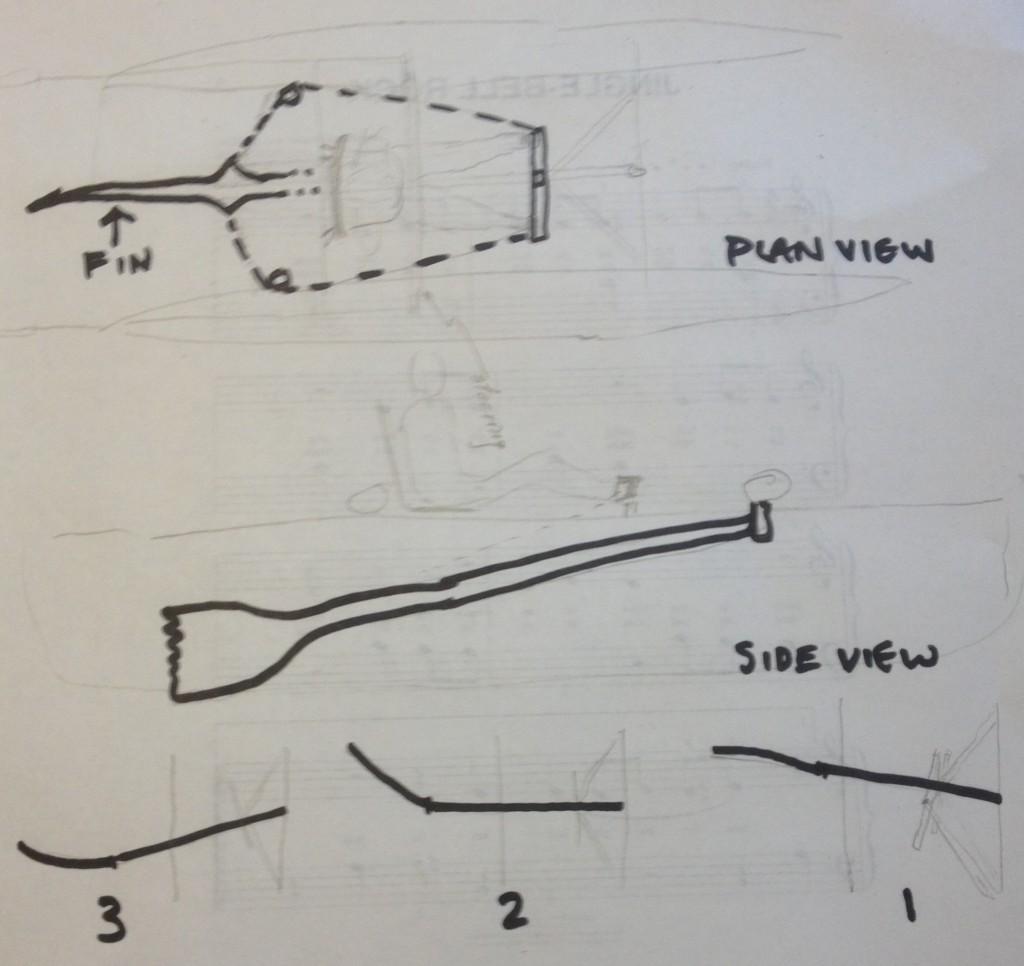The Race to Alaska challenges us to reconsider how to propel a boat with human power. I hope the race evolves to be a novel, inspiring test bed for all sorts of solutions, but it’s clear that already it has got creative juices flowing as many participants and observers think outside of their comfort zones. While some of the experienced rowers are wondering whether if/how they should add sails, some us experienced sailors are wondering if rowing is the best human-powered technology.
I hope the race motivates a long discussion and much re-consideration of both new and old technologies. Not only has the technological revolution brought us innovations like the Hobie Mirage drive and pedal power, but the Internet has slowly revealed time-tested propulsion methods that aren’t seen too often in the Pacific Northwest, like yulohs. And of course, one shouldn’t forget that canoe and kayak paddles have moved humans up and down the BC coast efficiently for millennia…
Speaking of yulohs, here’s an example of that happens when you ask a smart person (my dad, Val Veirs in this case) to consider the problem. After a 1/2-hour discussion with Thomas about pedal drives in the backyard, he sketched this fin-based solution —

This mimics how most fish, including really big ones like sharks, swim (and they have a lot of experience). It is also reminiscent of the yuloh — a long oar that is directed aft, pivots off the transom, and has a vertical blade — which has been used to move a wide variety of boats in Asia for a long time. Prior to entering the race, yulohs and the Italian forcole were on the top of my list to test out on my Tiki 21.
We’ll think about whether such a solution makes sense from the many perspectives we’re considering. (How much does it weigh? How efficient is it? Does it use different muscle groups than other methods? Can it be stowed away when sailing?) In the interim, you watch these two awesome video demonstrations of how well a fin or yuloh can work.
Are you inspired? What human powered propulsion would or will you use this June? Let the conversation continue!
Yeah! Steven Vogel, a Duke biomechanist used to have these things he called twiddle-fish. They were just rubber fish with a ~1m long wire ending in a handle coming up from the dorsal fin. Dunk it in the water and wiggle the handle back and forth to make the alternating curves in the rubber fish and it was amazing how much thrust it produced.